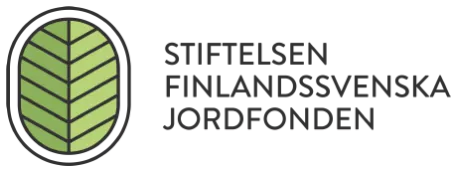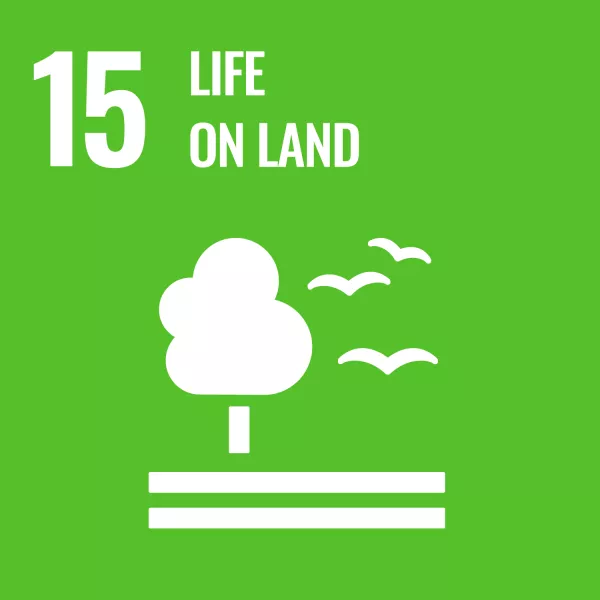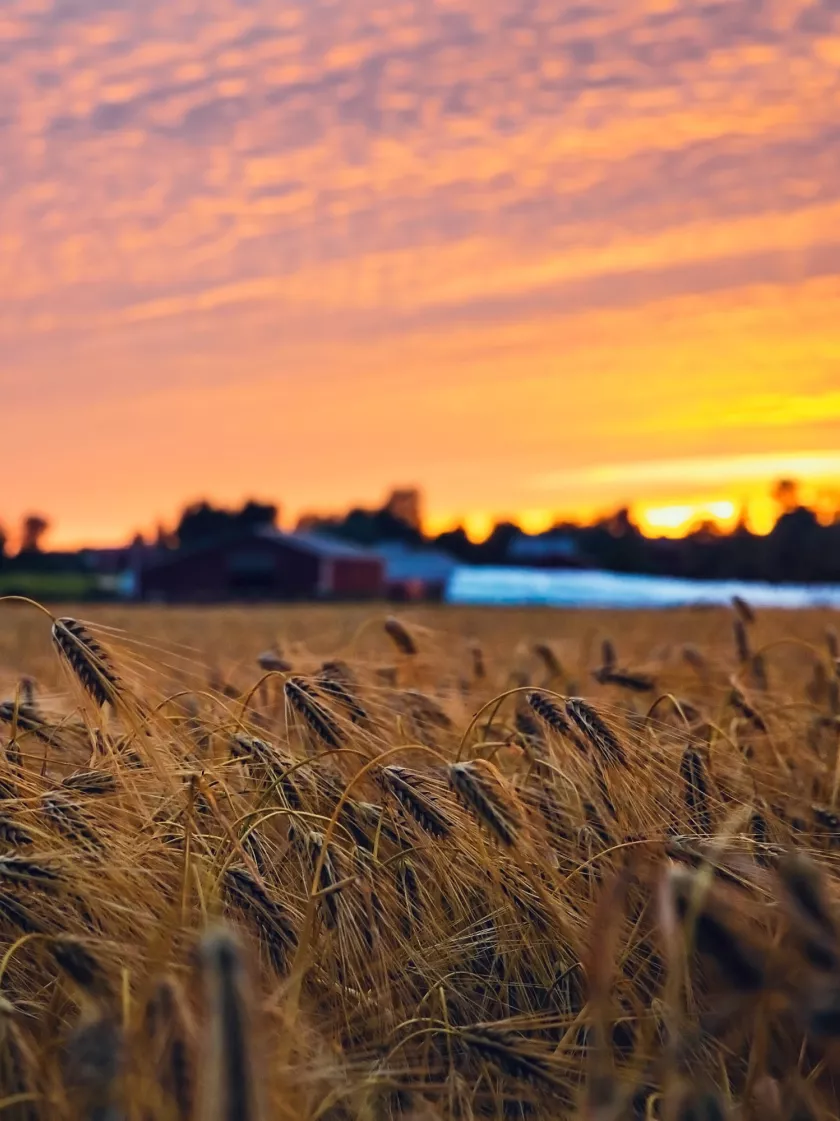


About the project
The aim of the project is to develop practical information on commercial nettle cultivation in Uusimaa through a three-year cultivation experiment with nettle (Urtica dioica). The goal is to produce both food and fiber to be used in for example textiles, in an environmentally friendly and cost-effective way. Finding uses for the by-products is also an important aspect, both for economic and environmental reasons. The desired results of the project are new information on the impact of nettle on agricultural land of lower quality, on optimal cultivation methods for combined production of food and fiber, new initiatives to make food production and agriculture more diverse, product innovation and increased knowledge about nettle as a food and fiber plant. The project results in both practical, easy-to-understand information that can be applied by growers who want to start cultivating a versatile specialty crop, and research data for external use.Project goal
The main objectives of the project are:1. To collect information on suitable cultivation methods for combined fiber and food production of nettle in a Nordic climate.
2. To find methods to increase land use efficiency and reduce unit costs
3. To investigate how cultivation methods affect fiber quality
4. To arouse interest in nettle cultivation among farmers in Uusimaa
Other desired outcomes of increased interest in nettle cultivation could be more diversified
production on farms in the region, new production chains, product innovation and
development of existing production/manufacturing systems. For the most ecological and
cost-effective use of the cultivated crop, it is important that also the by-products are used. For example, the water in which the nettle stalks have been digested to extract fiber can be used as fertilizer, if a suitable recipient is found. To meet the demand for nettle fiber, and other nettle products, such as food, feed, bedding, biocomposites, cosmetics and dietary supplements, new knowledge about nettle cultivation is needed, which can be directly applied by farmers.
UN's Sustainable Development Goals



Ulrika Dahlberg
Project Leader
